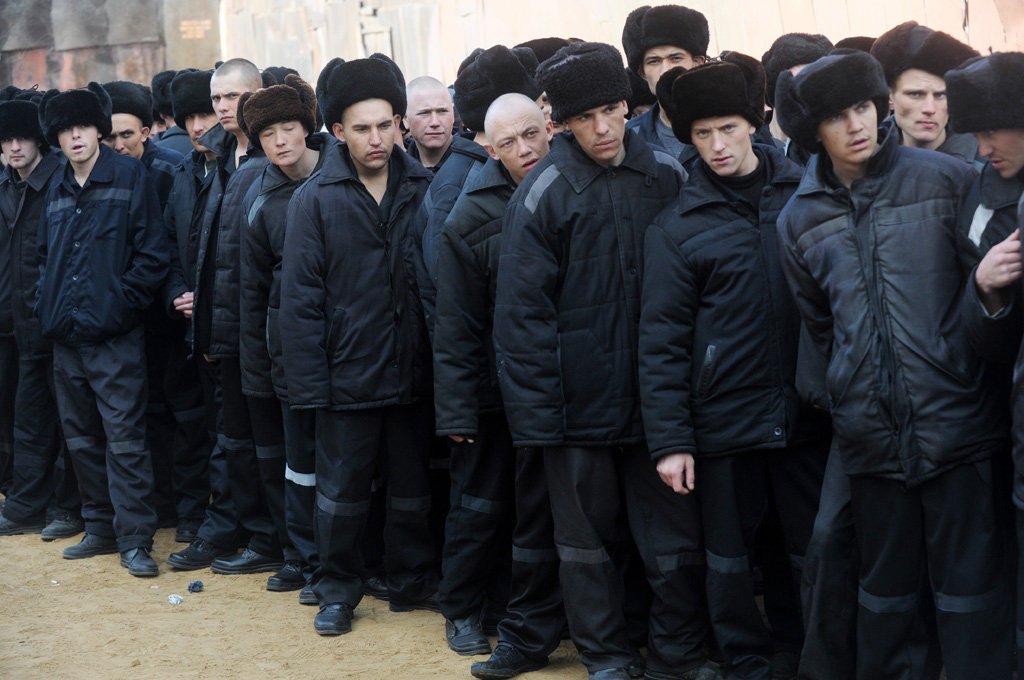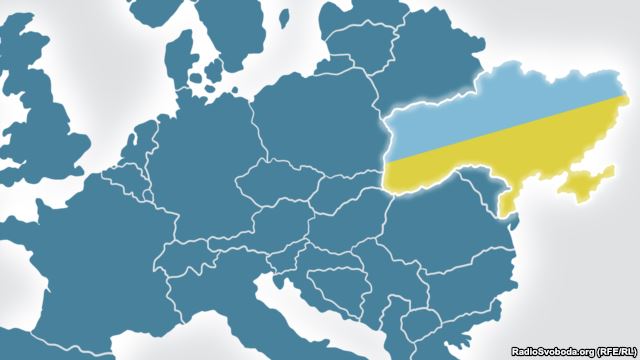The Russian Central Bank increased the key rate from 10,5 to 17 percent per annum on December 16. The bank’s statement was published on Monday night.
“From 16 December 2014 the Bank of Russia Board of Directors decided to raise the Bank of Russia key rate to 17.00 percent per annum. This decision is aimed at limiting substantially increased ruble depreciation risks and inflation risks,” says the official statement of the Russian Central Bank published on their website.
Since the beginning of the current year, the Russian Bank had increased the key rate six times – from 5,5 percent in the beginning of January. The latest increase in the key rate occurred last Thursday, December 11, from 9,5 to 10,5 percent per annum.
However, all of the Central Bank’s efforts to stabilize the domestic currency market have not yet brought significant results. On Tuesday, the Euro in Russia decreased to 90 rubles after growing over 100 rubles, the dollar stepped away from its maximum rate of 72,6 rubles at the International Stock Exchange. On Tuesday morning, the Euro rate grew to 100,74 rubles, and the USD grew to 80,1. Earlier, on Monday, the Russian currency fell by 5,22%. The ruble set a record of the biggest single-day drop since 1999.
The “radical measure” of the Central Bank
The head of the State Duma committee for budget and taxes Andrey Makarov considers the Central Bank’s actions justified.
“We need radical measures. The Central Bank decided to approve such measures. This is a very powerful and responsible step, and it is very difficult. In this situation, we have to support the Central Bank, which exhibited courage by making such a decision,” Makarov stated.
Many are skeptical about the Central Bank’s initiative to increase key rates.
“So far, I cannot see coherent and effective measures the Central Bank would approve and use to stabilize the ruble rate. We think that the Central Bank has real tools to put everything in order, but it neglects to use them,” says State Duma member, head of Fair Russia
party Sergey Mironov.
Nemtsov: the dollar and the euro rates are Putin’s sentence
Former Vice Prime Minister of the Russian government, currently member of the Yaroslavl regional Duma Boris Nemtsov criticizes the Central Bank’s decision.
“The nighttime increase of the key rates by the Central Bank up to 17 percent are a reaction to black Monday and the crash of the ruble. The reason of the crash is well-known: the Central Bank turned on the printing machine to help the Sechin-Putin business and gave 625 billion freshly printed rubles to Rosneft. The money immediately ended up on the currency market and knocked down the exchange rate. The market is slightly calmer now, but not for long,” Nemtsov wrote on his Facebook page.
“Today’s dollar and Euro exchange rate are a death sentence to putinism. The supporters of the war against Ukraine have to admit that by supporting a paranoid, lying criminal they sped up the crash of Russia’s economy and financial system,” Boris Nemtsov added.
Former Russian Minister for Finance Alexey Kudrin
thinks the Central Bank of Russia did right. However, he notes that the main problem now is that the market does not trust the government.
“The decision of the Central Bank to increase the rate to 17 percent is forced given the circumstances, but it is correct. This measure should be followed by the government’s decision to increase the investors’ trust in the Russian economy,” Kudrin wrote on his Twitter page.
Head of the Central Bank: Russians should learn to live in the ruble zone
Head of the Russian Central Bank Elvira Nabibullina explains the reasons of the fall of the ruble exchange rate with the decrease in oil prices and the fact that Russian companies and banks are no longer able to take out loans from outside the country.
“We really should learn to live in the ruble zone, rely on our own sources of financing, prepare projects in ruble ratios and give import replacement a chance. This is very important. In order for the niches that are freeing up due to the expensive imported goods, to be occupied by Russian producers who are able to produces competitive and affordable Russian goods,” Nabibullina emphasizes.
In the beginning of the year, one dollar cost 32,5 rubles.





